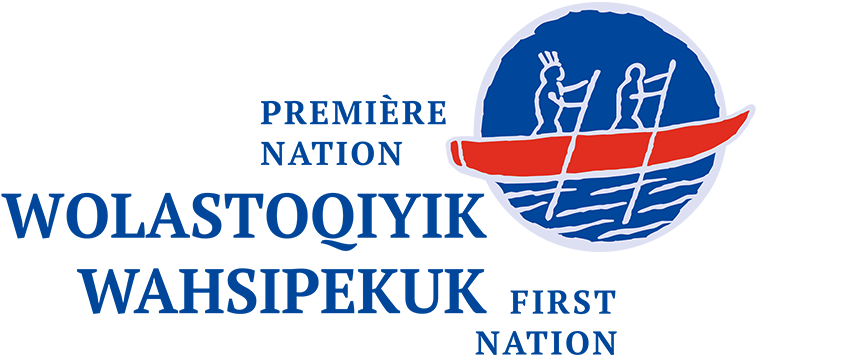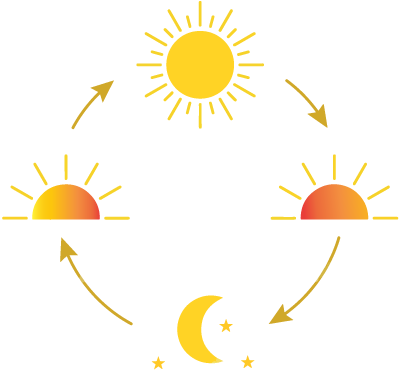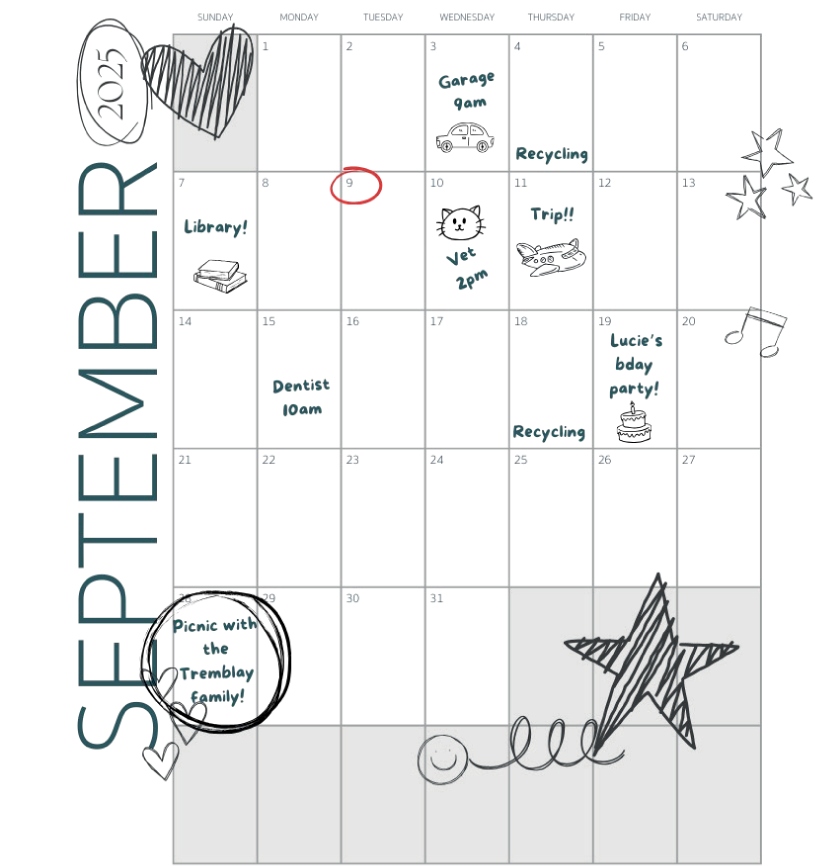

Home / Lessons / Level 2 / 5. Time Passing
In this lesson, you will learn to name the different moments of the day and the corresponding customary greetings. You will also see the various terms related to the days of the week and the passage of time.
 : in the morning
: in the morning : morning
: morning : earlier this morning
: earlier this morning : tomorrow morning
: tomorrow morning : noon or lunchtime
: noon or lunchtime : afternoon
: afternoon : later in the afternoon
: later in the afternoon : in the evening
: in the evening : it is dark (outside)
: it is dark (outside) : midnight (halfway through the night)
: midnight (halfway through the night)Person 1: Qey ! Woli sepawiw Polansuwe, tan kahk olu kil ? 
Hi! Good morning Francis, how are you?
Qey  |
Hi |
Woli  |
Good |
Sepawiw  |
Morning |
Polansuwe  |
Francis |
Tan  |
How |
Kahk  |
Particle meaning but; however; obviously, and which emphasizes the word preceding it. |
Olu  |
Particle indicating a change of direction in the conversation. |
Kil  |
You |
Person 2: Woli sepawiw ! Mec-ote pesqon, woliwon. Nmacaha, apc-oc knomiyul welaqiwik ! 
Good morning! I’m fine, thank you. I’m heading back home, I’ll see you in the evening!
Woli  |
Good |
Sepawiw  |
Morning |
Mec-ote  |
Particle meaning still; always, same, it’s okay. |
Pesqon  |
One, whole |
Woliwon  |
Thank you |
Nmacaha  |
I’m going back home |
Apc-oc knomiyul  |
I will see you again |
Welaqiwik  |
In the evening |
 / Good morning!
/ Good morning! / See you in the morning!
/ See you in the morning! / Good afternoon!
/ Good afternoon! / Good evening!
/ Good evening!Person 1: Apc-oc knomiyul ! Wollaqiw !  / Goodbye! Have a good evening!
/ Goodbye! Have a good evening!
Person 2: Aha, woliwon ! Apc-oc knomiyul spasuwiw.  / Yes, thank you! See you tomorrow morning.
/ Yes, thank you! See you tomorrow morning.
Kisuhs  : sun : sun |
|||
Ckuwapon  : :sunrise |
 |
Elomi-komuhset kisuhs  : :sunset |
|
Paqahson  : :moonlit night |
Nipawset  : moon : moonPossesom  : star : star |
||
Person 1: Knomiyak possesomok ?  / Do you see the stars?
/ Do you see the stars?
Person 2: Aha, nomiyak nanuwok wisaweyicik possesomok.  / Yes, I see five yellow stars.
/ Yes, I see five yellow stars.
Person 3: Ontama, ma-te nomiyawiyik possesomok.  / No, I don’t see the stars.
/ No, I don’t see the stars.
The plural form also modifies the verb. (Knomiya - singular, Knomiyak - plural)
 eat breakfast
eat breakfast eat lunch or dinner
eat lunch or dinner eat supper
eat supperPerson 1: Kotuhp ?  / Are you hungry?
/ Are you hungry?
Person 2: Aha, naci pasqohihp.  / Yes, I’m going to lunch / dinner.
/ Yes, I’m going to lunch / dinner.
Aha  |
Yes |
Naci  |
Prefix meaning to go towards or to arrive at a place. |
Pasqohihp  |
Lunch / dinner |
Kis luhkan  or Neqt sonte
or Neqt sonte  : week
: week
Kotokilaku 
Wolaku 
Pemkiskahk 
Sepawonuk 
Kotoki-sep 
Yut luhkan  : this week
: this week
Sonte 
Kissonte 
Nis-luhkan 
Nihi-luhkan 
New-luhkan 
Nan-luhkan 
or
Skehewahtoq 
Kotuwahsonte 
Question: Keq wolaku ?  / What day was it yesterday?
/ What day was it yesterday?
Answer: Sonte wolaku.  / Yesterday was Sunday.
/ Yesterday was Sunday.
Question: Keq pemkiskahk ?  / What day is it today?
/ What day is it today?
Answer: Kissonte pemkiskahk.  / It’s Monday today.
/ It’s Monday today.
Question: Keq sepawonuk ?  / What day is it tomorrow?
/ What day is it tomorrow?
Answer: Nis luhkan sepawonuk.  / Tomorrow is Tuesday.
/ Tomorrow is Tuesday.
Rewrite the dialogues of the comic strips in Wolastoqey. Translate each bubble on the corresponding line.

Rewrite the dialogues of the comic strips in Wolastoqey. Translate each bubble on the corresponding line.

Rewrite the dialogues of the comic strips in Wolastoqey. Translate each bubble on the corresponding line.

Rewrite the dialogues of the comic strips in Wolastoqey. Translate each bubble on the corresponding line.

Today’s date is circled in red on your calendar: it’s September 9th. For each of the questions asked, choose the correct answer.

| 1. | What day of the week is Lucie’s birthday? |
| 2. | What day of the week was your appointment at the garage? |
| 3. | In reference to today, when did you go to the library? |
| 4. | In reference to today, when is your appointment with the veterinarian? |
| 5. | In reference to today, when are you leaving for your trip? |
| 6. | What day of the week is it today? |
Find the Wolastoqey words that correspond to each of the elements on the list.
How it works: Click on the first letter of the word, then on the last to validate a word.
Words can overlap and go in these directions: → ↘ ↓.
Additional information for exercises solutions may appear in the Appendix of the PDF document.